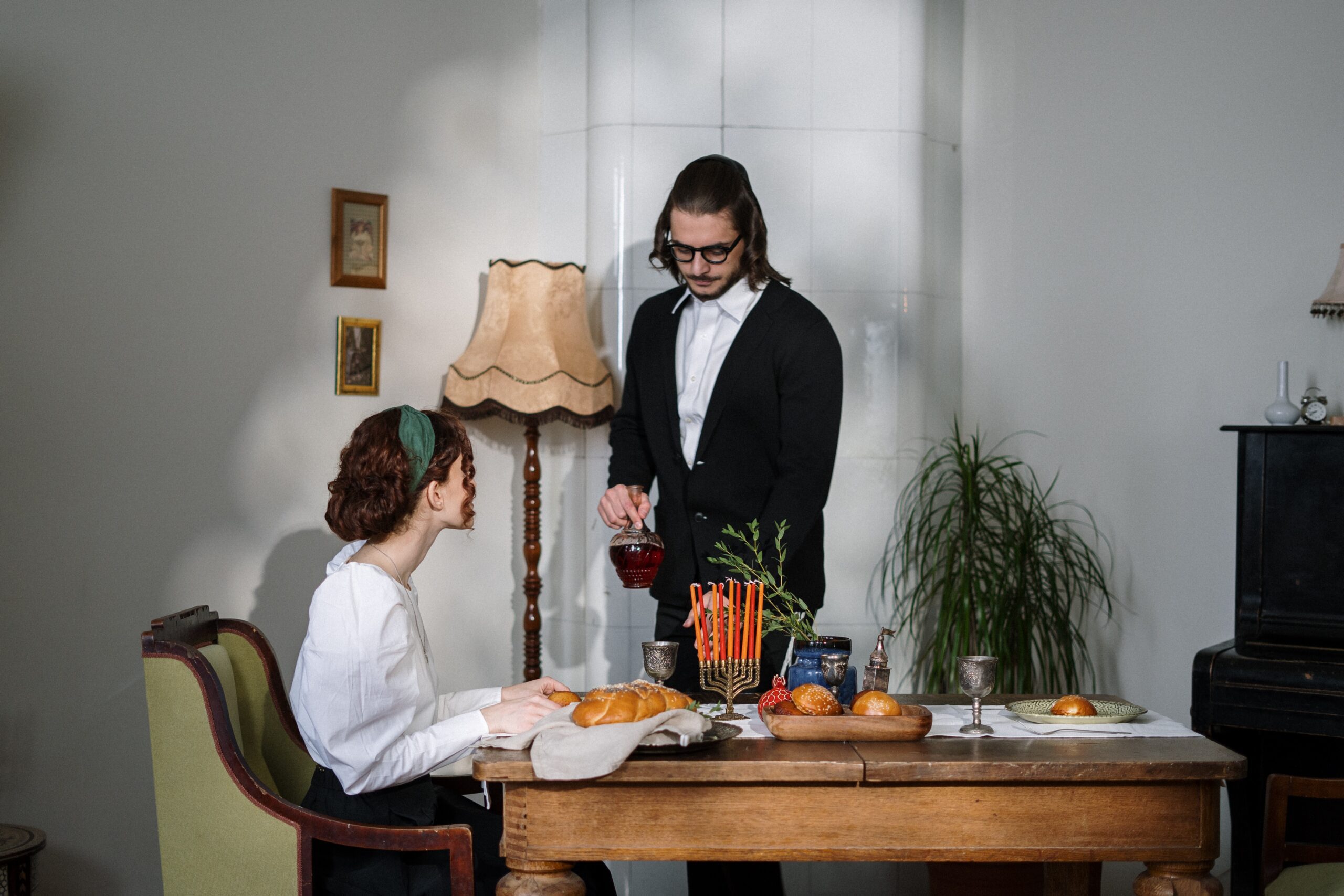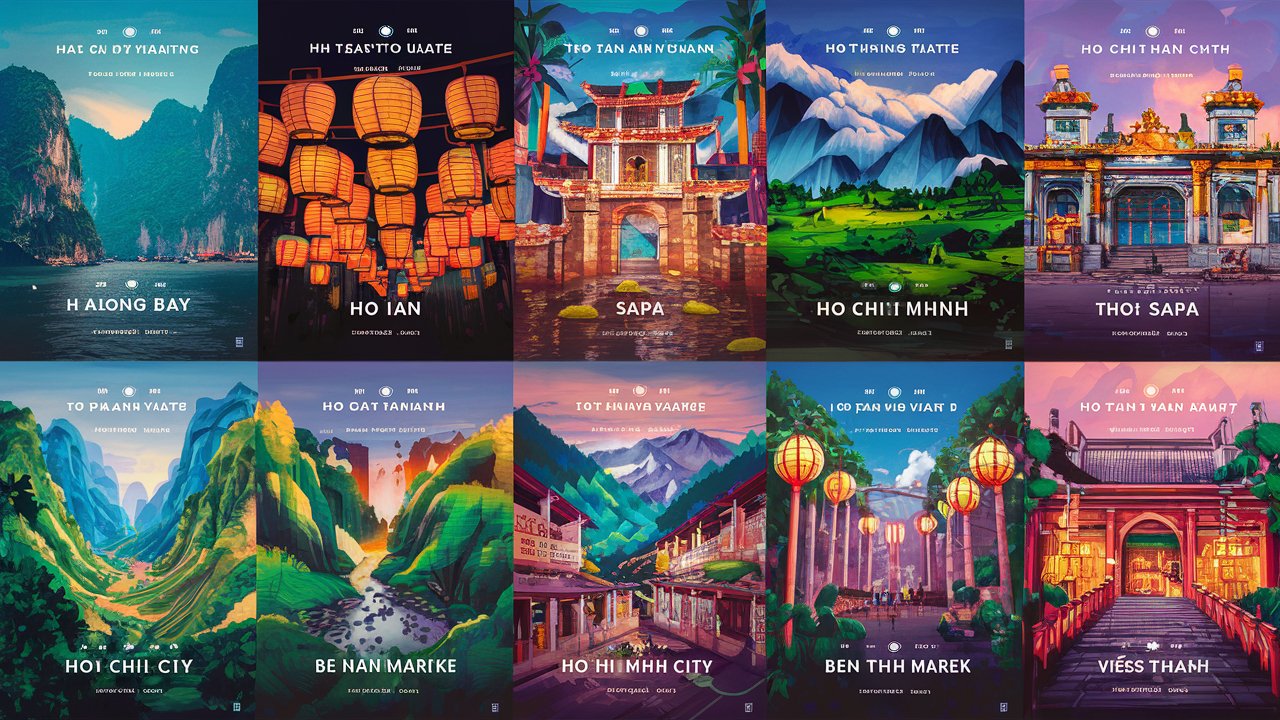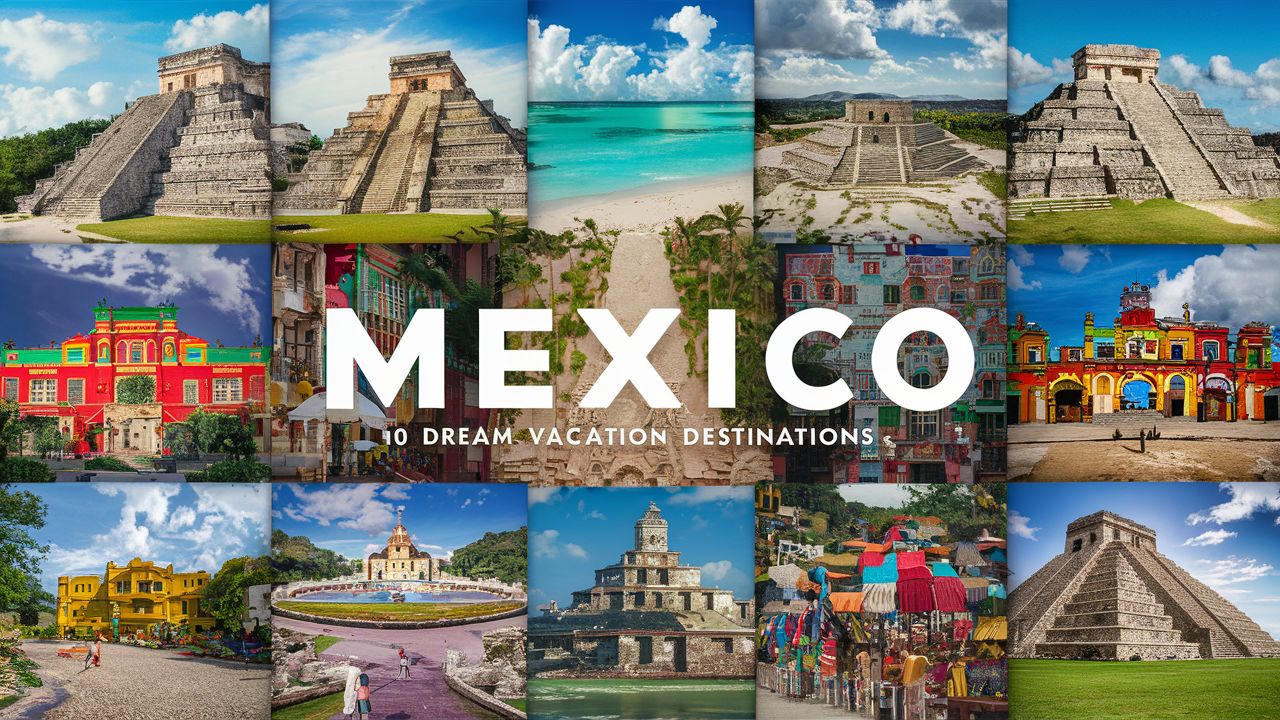Hanukkah, also known as Chanukah, is a joyous Jewish holiday that is celebrated every year, lasting for eight days and nights. This Festival of Lights commemorates a significant event in Jewish history and is a time for joy, reflection, and celebration. In this article, we will dive deep into the details of Hanukkah in 2023 and how to plan your celebrations.
Table of Contents
What is Hanukkah?
Hanukkah is a Jewish holiday that commemorates the Maccabean Revolt’s victory over the Seleucid Empire in the second century BCE and the subsequent rededication of the Holy Temple in Jerusalem. Its primary significance lies in the lighting of the menorah over eight nights, symbolizing the miraculous oil that lasted for eight days. Hanukkah represents the enduring Jewish commitment to religious freedom, cultural identity, and the importance of maintaining traditions in the face of adversity. The holiday is celebrated with family gatherings, gift exchanges, and special foods, serving as a time of joy, reflection, and a testament to Jewish resilience.
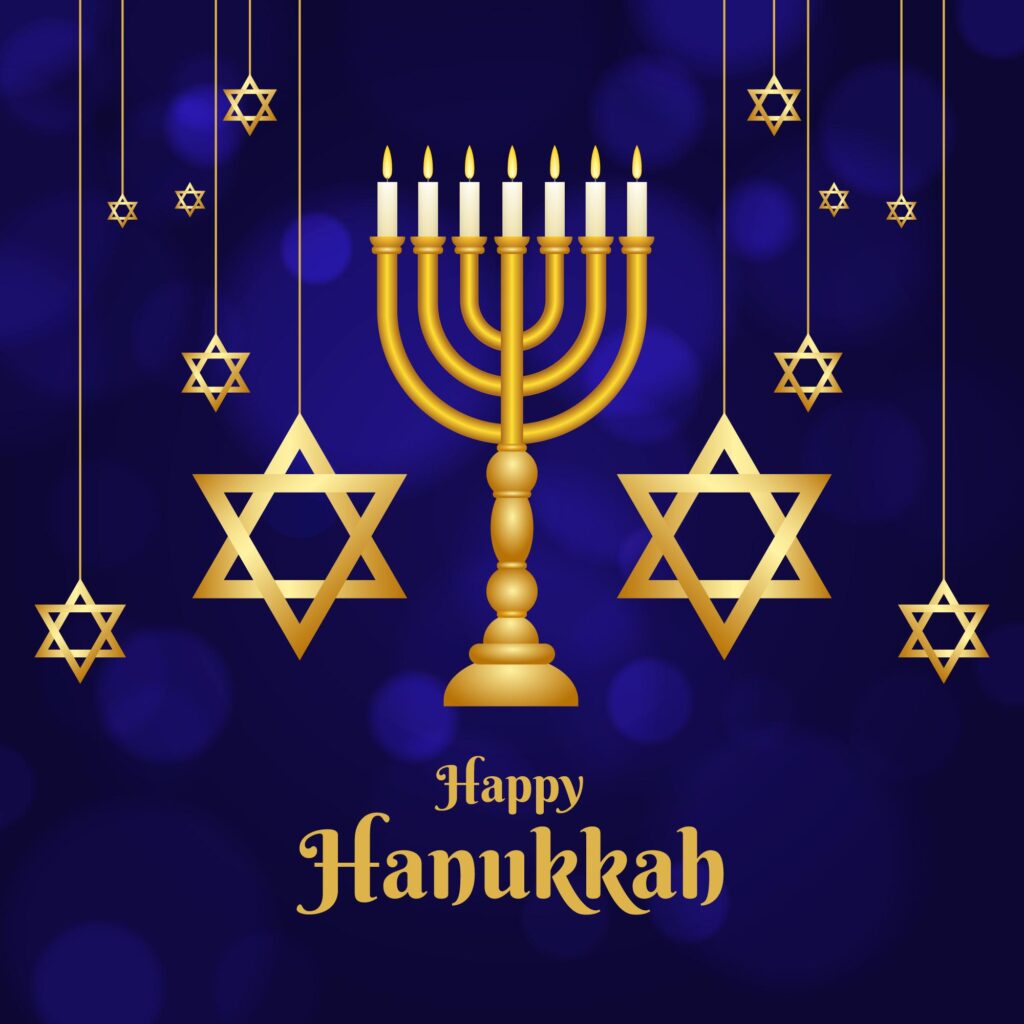
The Significance of Hanukkah
Hanukkah is a time for Jews to celebrate their identity and remember the miracles that occurred during the rededication of the Temple. The most well-known miracle is the story of the oil, which lasted for eight days when it should have only been enough for one. This is why Hanukkah lasts for eight days, with a candle lit on the menorah each night.
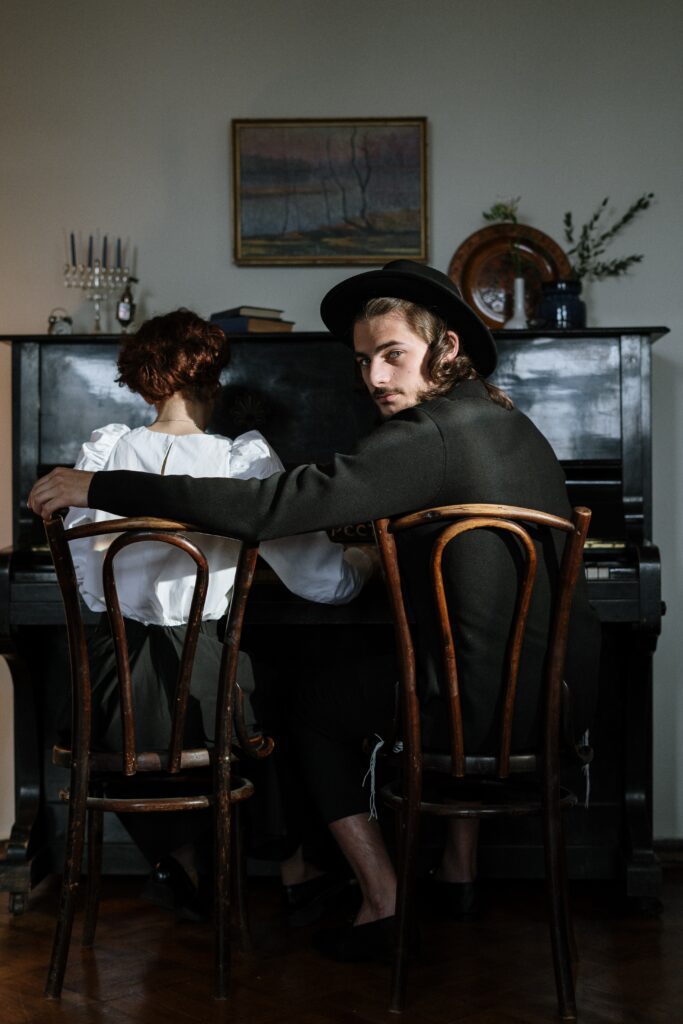
The significance of Hanukkah lies in both its historical and religious aspects, as well as its cultural and symbolic importance to the Jewish people. Here are the key aspects of Hanukkah’s significance:
Historical Significance:
Commemorating the Maccabean Revolt:
Hanukkah commemorates the successful rebellion of the Maccabees against the oppressive rule of the Seleucid Empire in the second century BCE. This revolt resulted in the rededication of the Holy Temple in Jerusalem.

The Miracle of the Oil:
The most famous aspect of Hanukkah is the story of the miraculous oil that lasted for eight days in the menorah, despite there being only enough oil for one day. This miracle is seen as a divine intervention and symbolizes the resilience and faith of the Jewish people.
Religious Significance:
Celebration of Religious Freedom:
Hanukkah celebrates the restoration of religious freedom and the ability to practice Judaism without interference. It emphasizes the importance of upholding one’s religious beliefs in the face of adversity.

The Menorah Lighting:
The lighting of the menorah is the central religious ritual of Hanukkah. It serves as a reminder of the miracle of the oil and the dedication of the Holy Temple. Each night, an additional candle is lit, marking the passing of the eight days.

Recitation of Special Blessings:
During the lighting of the menorah, specific blessings are recited, expressing gratitude for the miracles and for the opportunity to fulfill the commandment of lighting the Hanukkah candles.

Cultural and Symbolic Significance:
Preservation of Jewish Identity:
Hanukkah plays an essential role in preserving Jewish identity and culture. It reinforces the sense of belonging and continuity for Jewish communities worldwide.
Family and Community Celebrations:
Hanukkah is a time for families to come together, exchange gifts, share festive meals, and engage in various customs and traditions. These activities strengthen family bonds and create a sense of community among Jewish people.
Educational and Inspirational Value:
Hanukkah provides an opportunity to teach younger generations about Jewish history, values, and the importance of religious freedom. It serves as a source of inspiration for Jews to stand up for their beliefs.
Overall, Hanukkah holds a significant place in Jewish culture and religion, serving as a reminder of the importance of faith, religious freedom, and the preservation of Jewish traditions and identity. It’s a time of joy, celebration, and reflection, and it continues to be a meaningful holiday for Jewish communities worldwide.
History of Hanukkah
The history of Hanukkah dates back to the second century BCE and is rooted in the events surrounding the Maccabean Revolt and the subsequent rededication of the Holy Temple in Jerusalem.

The historical context of Hanukkah is as follows:
Hellenistic Rule:
In the 4th century BCE, Alexander the Great’s conquests led to the spread of Hellenistic (Greek) culture, and the land of Israel came under Greek influence. After Alexander’s death, the region was ruled by the Seleucid Empire, led by Antiochus IV.
Religious Persecution:
Antiochus IV imposed strict Hellenistic practices on the Jewish population, including the prohibition of Jewish religious practices, desecration of the Holy Temple in Jerusalem, and the outlawing of Jewish customs. This oppressive regime led to widespread discontent among the Jewish people.
The Maccabean Revolt:
A Jewish priest named Mattathias and his five sons, particularly Judah Maccabee, led a rebellion against the Seleucids in 167 BCE. The Maccabees and their supporters, known as the Hasmoneans, fought to restore Jewish religious and cultural traditions.
Rededication of the Temple:
After several years of struggle, the Maccabees eventually liberated Jerusalem and the Holy Temple in 164 BCE. They sought to rededicate the desecrated Temple, but they faced a problem. There was only enough pure oil to light the menorah (a seven-branched candelabrum) for one day, and it would take eight days to produce more. Miraculously, the oil burned for eight days, allowing for the rededication of the Temple.
Establishment of Hanukkah:
To commemorate the miracle of the oil and the Maccabees’ victory, the Jewish people instituted the festival of Hanukkah, which means “dedication” or “rededication” in Hebrew. It is celebrated for eight days and nights, with the lighting of the menorah serving as the central ritual.
Hanukkah Traditions:
Over time, Hanukkah has evolved to include various customs such as gift-giving, playing with a spinning top called a dreidel, and enjoying special foods fried in oil, like latkes (potato pancakes) and sufganiyot (doughnuts). These traditions reinforce the holiday’s significance and serve as a reminder of the historical and religious aspects of Hanukkah.
Today, Hanukkah remains an important holiday for Jewish people, celebrating not only the miracle of the oil but also the enduring Jewish commitment to religious freedom and the preservation of cultural traditions in the face of adversity. It symbolizes resilience and the ability to maintain one’s identity and beliefs in challenging times.
When is Hanukkah in 2023?
In 2023, Hanukkah will begin at sundown on Wednesday, December 20th, and conclude at sundown on Thursday, December 28th. This eight-day celebration is marked by the lighting of the menorah, with one additional candle being lit each night.

Lighting the Menorah
The menorah, a candelabrum with nine branches, is the focal point of Hanukkah. One candle, known as the Shamash, is used to light the others. Each night, an additional candle is lit until all eight candles are shining brightly. This ritual symbolizes the miracle of the oil that burned for eight days.
Lighting the menorah is a central ritual in the celebration of Hanukkah, and it carries deep symbolic and religious significance. Here’s an explanation of how lighting the menorah is typically performed:
The Menorah:
The menorah is a special candelabrum with nine branches, also known as a Hanukkiah. It has a central stem and eight branches extending from it, arranged in a straight line. The ninth branch, often raised or positioned differently, is called the “shamash” (meaning “helper” or “servant”) and is used to light the other candles.

The Candles:
Hanukkah is an eight-day holiday, and each night, one additional candle is lit, starting with one on the first night and culminating with all eight on the final night. The candles are placed from right to left, but they are lit from left to right. The candle for the current night is lit first, followed by the candles for the preceding nights.

Reciting Blessings:
Before lighting the candles, two blessings (brachot) are traditionally recited. The first blessing is called the “Shehecheyanu” and expresses gratitude for reaching this special occasion. The second blessing is specific to the Hanukkah candles, thanking God for the commandment to light them.

The Lighting Process:
After reciting the blessings, the person uses the shamash to light the first candle, which is placed in the far right position on the menorah. The candle is inserted into the holder while saying a short blessing for the act of lighting.

Placement of the Menorah:
The menorah is typically placed in a prominent location, such as a windowsill, to publicize the miracle of Hanukkah to others. It’s also intended to serve as a reminder of the miracle of the oil.

Duration:
The candles burn for at least 30 minutes, but the ideal duration is around one and a half hours. The lit menorah should remain visible until it burns out naturally, and it’s customary not to use the Hanukkah lights for any other purpose.

Traditional Songs and Traditions:
While the candles burn, traditional Hanukkah songs are often sung, and families may gather to exchange gifts, play games, and enjoy special Hanukkah foods like latkes (potato pancakes) and sufganiyot (doughnuts).

The lighting of the Hanukkah menorah symbolizes the miracle of the oil, the victory of the Maccabees, and the enduring commitment to religious freedom. It is a moment of celebration, reflection, and the strengthening of family and community bonds during this holiday.
Traditional Hanukkah Foods
No celebration is complete without delicious food, and Hanukkah is no exception. Traditional Hanukkah foods include latkes (potato pancakes) and sufganiyot (jelly-filled donuts). These dishes are fried in oil, again, to commemorate the miracle of the oil.

Traditional Hanukkah foods play a significant role in the celebration of the holiday, as they often have cultural and symbolic meanings related to the events and themes of Hanukkah. Some of the most common traditional Hanukkah foods include:
Latkes (Potato Pancakes):
Latkes are perhaps the most iconic Hanukkah dish. They are made from grated potatoes mixed with onions, eggs, and flour, seasoned with salt and pepper, and then fried until crispy and golden brown. The frying is symbolic of the oil miracle associated with Hanukkah.

Sufganiyot (Jelly Doughnuts):
Sufganiyot are deep-fried doughnuts that are usually filled with fruit jam or jelly and dusted with powdered sugar. The deep-frying represents the miracle of the oil that burned for eight days in the Temple menorah.

Brisket:
Brisket is a slow-cooked beef dish, often braised or roasted. While not exclusive to Hanukkah, it is a popular choice for festive holiday meals, particularly in Ashkenazi Jewish traditions.

Kugel:
Kugel is a baked noodle or potato casserole, sweet or savory, depending on the recipe. It’s a comforting and traditional dish often served during Hanukkah.

Rugelach:
Rugelach are small, rolled pastries filled with ingredients such as jam, nuts, and cinnamon. They are a popular dessert for Hanukkah.

Gelt:
Hanukkah gelt consists of chocolate coins wrapped in gold or silver foil. Children often play dreidel (a spinning top game) for these coins during the holiday.

Challah:
While challah, a braided bread, is commonly associated with Shabbat, it is also served during Hanukkah to symbolize the tradition and significance of bread in Jewish culture.

Dreidel Cookies:
Some families bake cookies in the shape of dreidels, the spinning top used in the traditional Hanukkah game. These cookies can be decorated and enjoyed during the holiday.

These traditional Hanukkah foods are not only delicious but also carry cultural and historical significance. They are often enjoyed during family gatherings and celebrations, serving as a way to connect with Jewish heritage and remember the events and themes of Hanukkah, particularly the miracle of the oil that burned in the Temple.
Hanukkah Decorations and Symbols
Blue and white, along with the Star of David, are commonly associated with Hanukkah decorations. Many Jewish households also display a dreidel, a four-sided spinning top, which is used in a popular Hanukkah game.

Hanukkah decorations and symbols are an integral part of the holiday’s celebration, adding to the festive atmosphere and carrying meaningful representations related to the history and themes of Hanukkah. Some of the key decorations and symbols associated with Hanukkah include:
Menorah (Hanukkiah):
The menorah is the central symbol of Hanukkah. It is a candelabrum with nine branches – eight for the candles representing each night of Hanukkah and one for the shamash, the helper candle used to light the others. The lighting of the menorah is a fundamental Hanukkah ritual, symbolizing the miracle of the oil in the Holy Temple.
Dreidel:
The dreidel is a four-sided spinning top with Hebrew letters (Nun, Gimel, Hey, Shin) on each side. These letters stand for the phrase “Nes Gadol Haya Sham,” meaning “A great miracle happened there.” The dreidel is used in a game during Hanukkah, and its letters represent the story and themes of the holiday.
Star of David:
The Star of David, a six-pointed star, is a common Jewish symbol that can be found on Hanukkah decorations. While not exclusive to Hanukkah, it represents Jewish identity and faith, and it is often incorporated into Hanukkah-themed items.
Hanukkah Gelt:
Gelt are chocolate coins wrapped in gold or silver foil, traditionally given to children during Hanukkah. They are often used as game tokens for the dreidel game. The word “gelt” means money in Yiddish.
Blue and White Color Scheme:
Blue and white are the traditional colors associated with Hanukkah. They are often seen in decorations, including tablecloths, candles, and other holiday items. These colors do not have specific religious significance but are used to evoke a sense of Jewish identity and remembrance.
Banners and Garlands:
Decorative banners and garlands featuring Hanukkah-related symbols, such as menorahs, dreidels, and Stars of David, are used to adorn homes and public spaces during the holiday season.
Hanukkah Candles:
Hanukkah candles are a key element of Hanukkah decorations. Special Hanukkah candles are used in the menorah, and they come in various colors, often blue and white, to match the holiday’s color scheme.
Hanukkah Tableware:
Special Hanukkah-themed plates, napkins, and tablecloths are used during holiday meals to create a festive atmosphere.
These decorations and symbols collectively serve to enhance the Hanukkah experience, create a sense of joy and celebration, and provide visual reminders of the historical events and religious significance of the holiday. They also play a role in fostering a strong sense of Jewish identity and tradition during the Festival of Lights.
Hanukkah Traditions
Hanukkah is a time for family gatherings and traditions. Lighting the menorah, reciting prayers, and singing songs are common practices. Children often receive Hanukkah gelt, which are chocolate coins, and play the dreidel game for fun.
Gift-Giving During Hanukkah
While not traditionally a gift-giving holiday, the influence of Christmas has led to the exchange of gifts during Hanukkah in many Jewish households. It’s a way to add an extra layer of joy and celebration to the holiday.

How to Plan Your Hanukkah Celebrations
Planning your Hanukkah celebrations can be a wonderful experience. Start by creating a schedule for lighting the menorah each night. Consider inviting family and friends to join you, and plan special dinners featuring traditional Hanukkah foods.
Hanukkah Activities and Games
To keep the festive spirit alive, engage in Hanukkah activities and games. These can include playing the dreidel game, organizing a Hanukkah scavenger hunt, or even a Hanukkah-themed craft session for children.
Hanukkah activities and games are an enjoyable and integral part of the holiday celebrations. They add a festive and interactive dimension to Hanukkah gatherings, particularly for families and children. Here are some common Hanukkah activities and games:
Dreidel Game:
The dreidel is a four-sided spinning top with Hebrew letters on each side, typically representing the phrase “Nes Gadol Haya Sham,” meaning “A great miracle happened there.” Players use nuts, chocolate coins (gelt), or other tokens to bet and take turns spinning the dreidel. The letter that lands facing up determines whether the player gives or takes tokens from the pot. It’s a fun and traditional Hanukkah game that also carries historical significance related to the holiday.
Hanukkah Candle Lighting:
While the nightly lighting of the Hanukkah candles is a religious ritual, it’s also a communal activity. Families and friends gather around the menorah to recite blessings and light the candles together. It’s an essential tradition that fosters a sense of togetherness during Hanukkah.
Gift Exchanges:
Giving and receiving gifts is a common Hanukkah tradition, particularly for children. Families often exchange gifts on each night of Hanukkah, with the number of gifts corresponding to the night of the holiday. While the tradition of gift-giving is not religious, it brings joy to the holiday celebration.
Cooking and Baking:
Preparing traditional Hanukkah foods like latkes (potato pancakes) and sufganiyot (jelly-filled doughnuts) can be a family activity. Children and adults alike may participate in cooking or baking these delicious treats.
Hanukkah Crafts:
Making Hanukkah-themed crafts, such as decorating menorahs, dreidels, or creating Hanukkah-themed artwork, is a creative and fun activity, especially for children.
Hanukkah Songs and Music:
Singing Hanukkah songs, also known as “Hanukkah carols,” is a beloved activity during the holiday. Songs like “Ma’oz Tzur” and “Hanukkah, Oh Hanukkah” are often sung, and music can be part of communal celebrations.
Community Events:
Many Jewish communities organize Hanukkah events and gatherings. These may include public menorah lightings, concerts, cultural performances, and communal meals. Participating in these events fosters a sense of community and shared celebration.
Charitable Acts:
Hanukkah is also a time for performing acts of charity and giving back to the community. Some individuals and families engage in volunteer work or donate to charitable causes as part of their Hanukkah activities.
These activities and games are designed to engage people of all ages in celebrating the Festival of Lights. They promote togetherness, cultural expression, and a sense of joy and celebration during Hanukkah. Each activity contributes to the overall holiday experience and helps keep Hanukkah traditions alive for generations.
Hanukkah Songs and Music
Music is an integral part of Hanukkah celebrations. Singing Hanukkah songs and listening to traditional Jewish music can add to the festive atmosphere. Popular songs include “Ma’oz Tzur” and “I Have a Little Dreidel.”
Hanukkah songs and music play a vital role in the celebration of the Hanukkah holiday, adding a joyful and communal dimension to the festivities. These songs, often referred to as “Hanukkah carols,” have been passed down through generations and are a cherished part of Jewish cultural heritage. Here are some key aspects of Hanukkah songs and music:
Historical and Cultural Significance:
Hanukkah songs carry historical and cultural significance, often telling the story of the Maccabean Revolt and the miracle of the oil in the Holy Temple. They help reinforce the historical and religious context of the holiday.
Joyful Celebration:
Hanukkah is a time of celebration, and the music reflects this festive atmosphere. Many Hanukkah songs have lively melodies and lyrics that express the joy and excitement of the holiday.
Traditional and Familiar Tunes:
Several Hanukkah songs are well-known and frequently sung by Jewish communities. These include “Ma’oz Tzur,” “Hanukkah, Oh Hanukkah,” “S’vivon,” and “I Have a Little Dreidel.” These songs are often sung by families, at communal gatherings, and during the lighting of the Hanukkah menorah.
Religious Themes:
While many Hanukkah songs focus on the historical and cultural aspects of the holiday, some also contain religious themes and expressions of faith and gratitude.
Singing in Different Languages:
Hanukkah songs can be sung in various languages, depending on the cultural background of the Jewish community. Yiddish, Hebrew, English, and other languages are used in Hanukkah songs, making them accessible to a wide audience.
Musical Instruments:
Some Hanukkah songs are accompanied by musical instruments, such as the guitar, piano, or even the accordion, adding to the joyful and celebratory nature of the music.
Teaching and Tradition:
Hanukkah songs are often used as a way to teach children about the holiday’s significance and traditions. Singing these songs with family and friends helps pass down the cultural and religious aspects of Hanukkah to younger generations.
Community and Connection:
Singing Hanukkah songs in a group or during communal events fosters a sense of community and togetherness among Jewish people. The shared experience of singing these songs can be a unifying and heartwarming tradition.
Hanukkah songs and music contribute to the rich tapestry of -Hanukkah traditions and help create a festive and meaningful atmosphere during the holiday. They serve as a reminder of the historical and religious significance of Hanukkah- and are a source of joy and cultural identity for Jewish communities worldwide.
Conclusion
Hanukkah is a time for Jews to come together, celebrate their history, and embrace the spirit of togetherness. The Festival of Lights is a time of reflection, joy, and family. As you prepare to celebrate Hanukkah in 2023, remember its historical significance and the miracles that continue to inspire generations.
FAQs about Hanukkah in 2023
- What is the story behind Hanukkah?
Hanukkah commemorates the rededication of the Second Temple in Jerusalem and the miraculous oil that burned for eight days.
- Why is the menorah lit for eight days during Hanukkah?
The menorah is lit for eight days to symbolize the miracle of the oil that lasted for eight days instead of one.
- What are some traditional Hanukkah foods?
Traditional Hanukkah foods include latkes (potato pancakes) and sufganiyot (jelly-filled donuts).
- How can I plan my Hanukkah celebrations in 2023?
To plan your Hanukkah celebrations, create a schedule for lighting the menorah, prepare traditional foods, and engage in Hanukkah activities and games.
- Is gift-giving a traditional part of Hanukkah?
While not a traditional practice, gift-giving during Hanukkah has become more common, influenced by the proximity of Christmas.
For more info’s on Festivals must visit: www.solveopedia.com
For festivals click: https://solveopedia.com/festivals/

